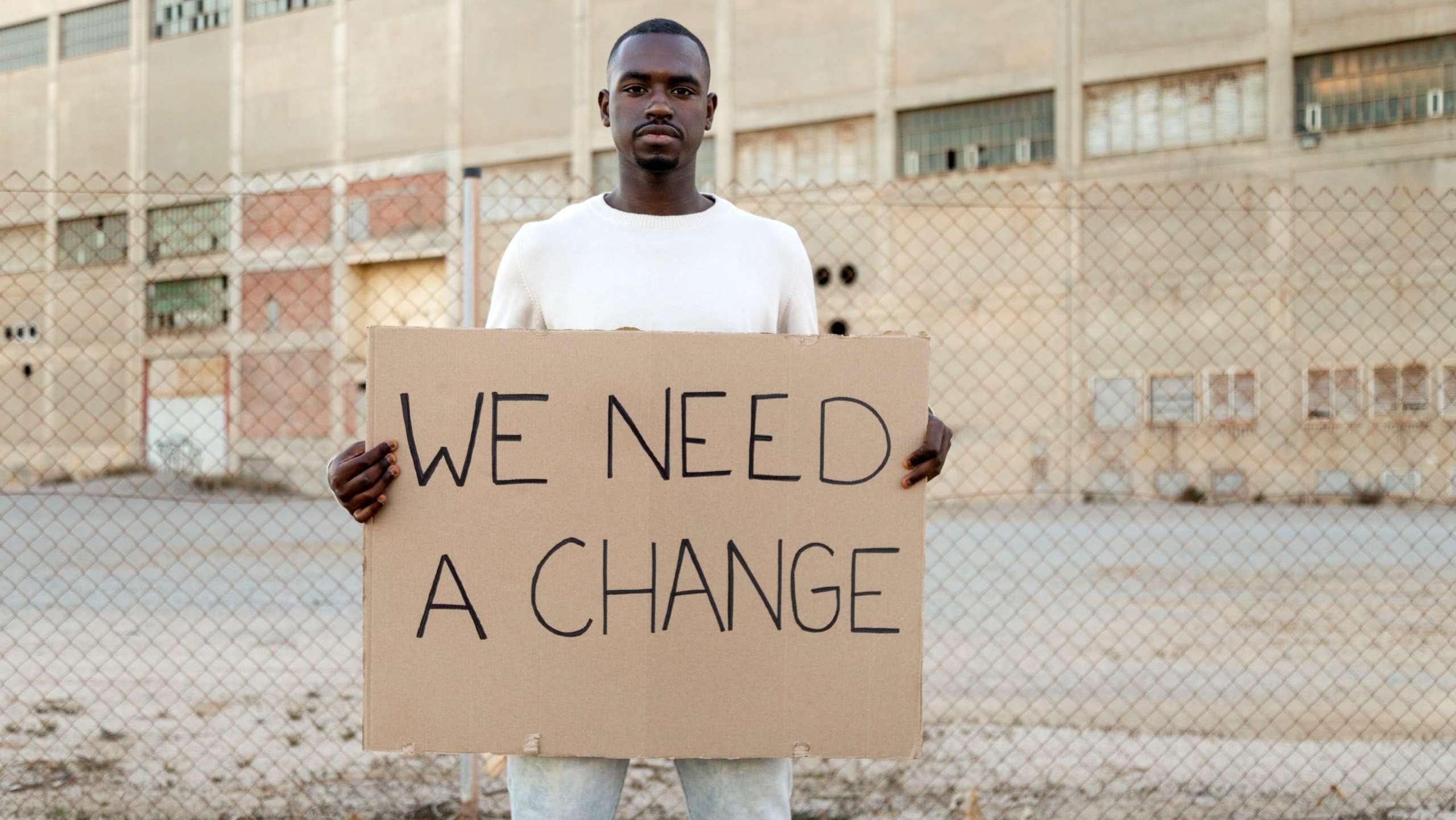Summary: Businesses often refresh their brands to stay relevant. Betty Crocker, for example, has updated her look more than seven times in the last century while still being instantly recognizable (Wall Street Journal). Churches face the same challenge. The Gospel never changes, but the way we communicate it must. Evolution in a church isn’t about compromise. It’s about stewardship and removing barriers so the timeless message of Christ can reach people in today’s world.
Why Evolution Matters
A brand that never changes risks becoming irrelevant. The same is true for churches. Congregations that resist change often struggle to connect with new generations, even as their mission remains strong. The Apostle Paul modeled this kind of adaptability when he wrote, “I have become all things to all people so that by all possible means I might save some” (1 Cor. 9:22). His message never shifted, but his approach did, because the people he was trying to reach were different. That same principle holds true today.
Signs It’s Time to Evolve
Every church eventually reaches a moment when old methods no longer connect as effectively. A few warning signs include:
- Declining attendance or engagement despite faithful preaching.
- Ministries that no longer address the real needs of the community.
- Outdated visuals, language, or digital presence that confuse visitors rather than invite them.
When these patterns show up, it doesn’t mean the church has failed. It means the methods that once worked need to be refreshed.
How to Evolve Without Losing Your Identity
Healthy evolution always starts by protecting the core: your mission, message, and values. Those should never be compromised. What changes is how you express them.
- Hold onto your core: Keep your mission at the center.
- Refresh your methods: Update communication channels, visuals, and programs so they connect with today’s audience.
- Listen first: Gather feedback from members and your wider community before making big changes.
- Take small steps: In marketing, researchers call this the just noticeable difference, small updates that people can perceive without feeling like everything familiar has been lost. Even simple adjustments like clearer signage or a modernized website can positively shift perceptions.
Lessons from Brand Evolution
Companies like Quaker Oats and Betty Crocker have stayed trusted for over a century by slowly modernizing their look without abandoning who they are (Psychology Today). Churches can do the same. Whether it’s updating music styles, rethinking how ministries are structured, or redesigning a visual identity, thoughtful change builds trust while opening doors for new growth.
Final Thought
Church evolution is not about chasing trends. It’s about wisely adapting so the unchanging message of Jesus can reach people where they are. When you know when and how to evolve, you prepare your church not just to survive the present moment, but to thrive for generations to come.





